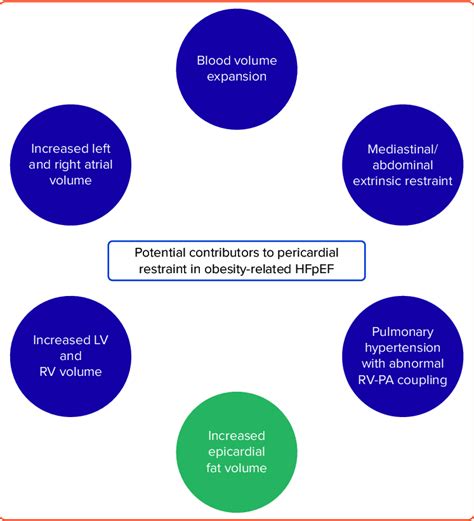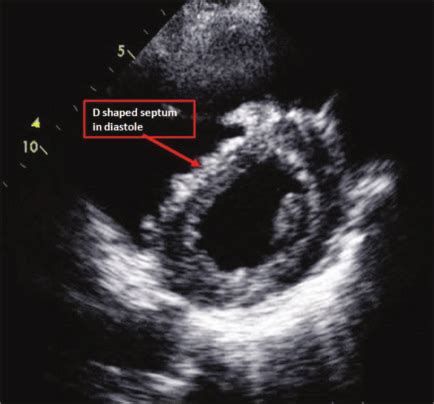d-shaped lv | d shaped Lv echo d-shaped lv In normal patients, the eccentricity index is 1.0 at both end-diastole and end-systole. Just remember that the left ventricle should look circular . See more The EDS-4012 Series is a range of 12-port managed Fast Ethernet switches with the option for four 1 Gbps fiber-optic uplink ports. This Series also offers models with four 10/100BaseT(X) 802.3af (PoE), 802.3at (PoE+), and 802.3bt-compliant Ethernet PoE port options to connect high-bandwidth PoE devices.
0 · pericardial restraint heart failure
1 · d shaped septum diagram
2 · d shaped left ventricular septum
3 · d shaped left ventricular dysfunction
4 · d shaped left ventricle function
5 · d shaped Lv echo
Currently Coveting: the Louis Vuitton Egg Bag. I can’t stop thinking about this EGG-Centric little bag. Lucy Watson Prendergast. 15 Comments. When we covered Louis Vuitton’s Spring 2019 campaign, I was an instant fan, which isn’t super surprising since it’s no secret that I’m a self-appointed Louis Vuitton gal.
To start looking for the D Sign on echo, you will need to obtain a Parasternal Short-Axis View of the heart. Click HEREfor the video series on how to get the cardiac views of the heart on echocardiography. See more
The Eccentricity Index (EI) is an echocardiographic measurement of the left ventricle that can quantify the amount of right ventricular strain and overload affecting the left ventricle. It is described by Ryan et aland is calculated by taking two measurements . See moreIn patients with right ventricular Pressure overload, there is a significant elevation of pressure in the right ventricle throughout systole AND diastole. Because of this, the right ventricle will push in on the septum in both systole and diastole causing the left ventricle to be D . See more
In normal patients, the eccentricity index is 1.0 at both end-diastole and end-systole. Just remember that the left ventricle should look circular . See moreIn right ventricular Volumeoverload, only the diastolic phase is affected and the systolic phase is spared. The thought is that, in right . See more
Together, these transgastric midpapillary short-axis images capture the classic echocardiographic finding of a “D”-shaped left ventricle (LV) . Flattening of the interventricular septum detected during echocardiographic examination is called D-shaped left ventricle. We present a case of an elderly male of African .D-shaped left ventricle (D-LV), is an interesting echocardiographic finding in PH and is the result of structural distortion of the interventricular septum caused by an abnormal pressure gradient .The “D Sign” is an ultrasound/echo finding that shows the left ventricle as a D-shaped structure. It is a result of right ventricular overload causing a shift of the septum towards the left side of the heart. The “D-sign” can be the result of either right ventricular Pressure and/or Volume overload.
Together, these transgastric midpapillary short-axis images capture the classic echocardiographic finding of a “D”-shaped left ventricle (LV) secondary to septal flattening in the setting of right ventricular dysfunction.
Flattening of the interventricular septum detected during echocardiographic examination is called D-shaped left ventricle. We present a case of an elderly male of African descent, who presented with increased shortness of breath.D-shaped left ventricle (D-LV), is an interesting echocardiographic finding in PH and is the result of structural distortion of the interventricular septum caused by an abnormal pressure gradient between the left and right ventricles.The term ‘‘D-shaped ventricle’’ derives from the two-dimensional (2D) paraster-nal short-axis view of the LV. In this view, the LV normally appears as a circular structure with its center of curvature within the LV cav-ity, but in cases of RV overload, the .
Flattening of the interventricular septum detected during echocardiographic examination is called D-shaped left ventricle. We present a case of an elderly male of African descent, who.
We describe the development of unusual fast supraventricular arrhythmias complicating vasodilator stress in concomitance of scintigraphic “D-shaped” left ventricle (LV), highlighting that dipyridamole should be used with special caution in this clinical context.Transthoracic echocardiogram 2D during end-diastolic phase, illustrating flattening of the interventricular septum (D-shaped left ventricle) secondary to right ventricle (RV) overload and increased pressure. Important left deviation of septum into the left ventricle (LV) noted (red arrow). When there is severe pulmonary hypertension associated with elevated right ventricular systolic pressures, the interventricular septum bulges into the LV in both systole and diastole so that LV cavity has a D shape through out. To verify this paradoxical septal motion toward the LV, incorporating the PSSAX view reveals that the normal “O-shape” of the LV is pressure-flattened into a “D-shaped” LV, indicating elevated RV pressure > LV pressure.
The “D Sign” is an ultrasound/echo finding that shows the left ventricle as a D-shaped structure. It is a result of right ventricular overload causing a shift of the septum towards the left side of the heart. The “D-sign” can be the result of either right ventricular Pressure and/or Volume overload.Together, these transgastric midpapillary short-axis images capture the classic echocardiographic finding of a “D”-shaped left ventricle (LV) secondary to septal flattening in the setting of right ventricular dysfunction. Flattening of the interventricular septum detected during echocardiographic examination is called D-shaped left ventricle. We present a case of an elderly male of African descent, who presented with increased shortness of breath.
celine 棒球服
D-shaped left ventricle (D-LV), is an interesting echocardiographic finding in PH and is the result of structural distortion of the interventricular septum caused by an abnormal pressure gradient between the left and right ventricles.The term ‘‘D-shaped ventricle’’ derives from the two-dimensional (2D) paraster-nal short-axis view of the LV. In this view, the LV normally appears as a circular structure with its center of curvature within the LV cav-ity, but in cases of RV overload, the . Flattening of the interventricular septum detected during echocardiographic examination is called D-shaped left ventricle. We present a case of an elderly male of African descent, who.We describe the development of unusual fast supraventricular arrhythmias complicating vasodilator stress in concomitance of scintigraphic “D-shaped” left ventricle (LV), highlighting that dipyridamole should be used with special caution in this clinical context.
Transthoracic echocardiogram 2D during end-diastolic phase, illustrating flattening of the interventricular septum (D-shaped left ventricle) secondary to right ventricle (RV) overload and increased pressure. Important left deviation of septum into the left ventricle (LV) noted (red arrow). When there is severe pulmonary hypertension associated with elevated right ventricular systolic pressures, the interventricular septum bulges into the LV in both systole and diastole so that LV cavity has a D shape through out.

pericardial restraint heart failure

Drona Foto | Ventspils VIZIUM. Ventspils, Zinātnes Centrs VIZIUM. Ļoti interesanta un skaista ēka, kuru gribās bildēt vēl un vēl jo katru reizi var ieraudzīt ko aizraujošu.
d-shaped lv|d shaped Lv echo


























